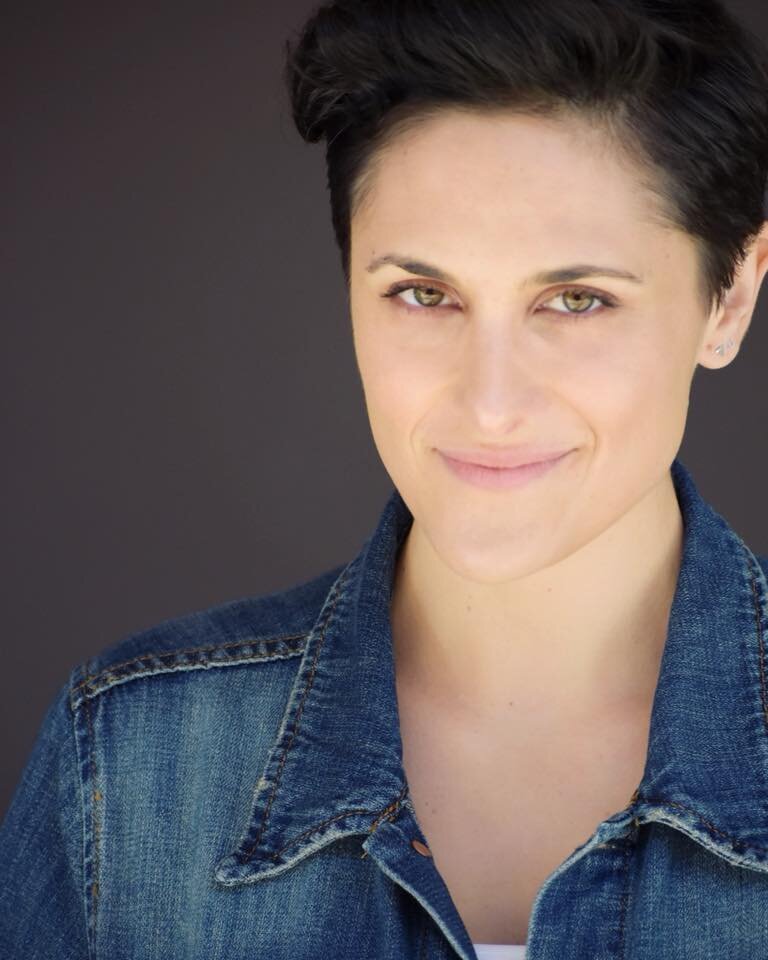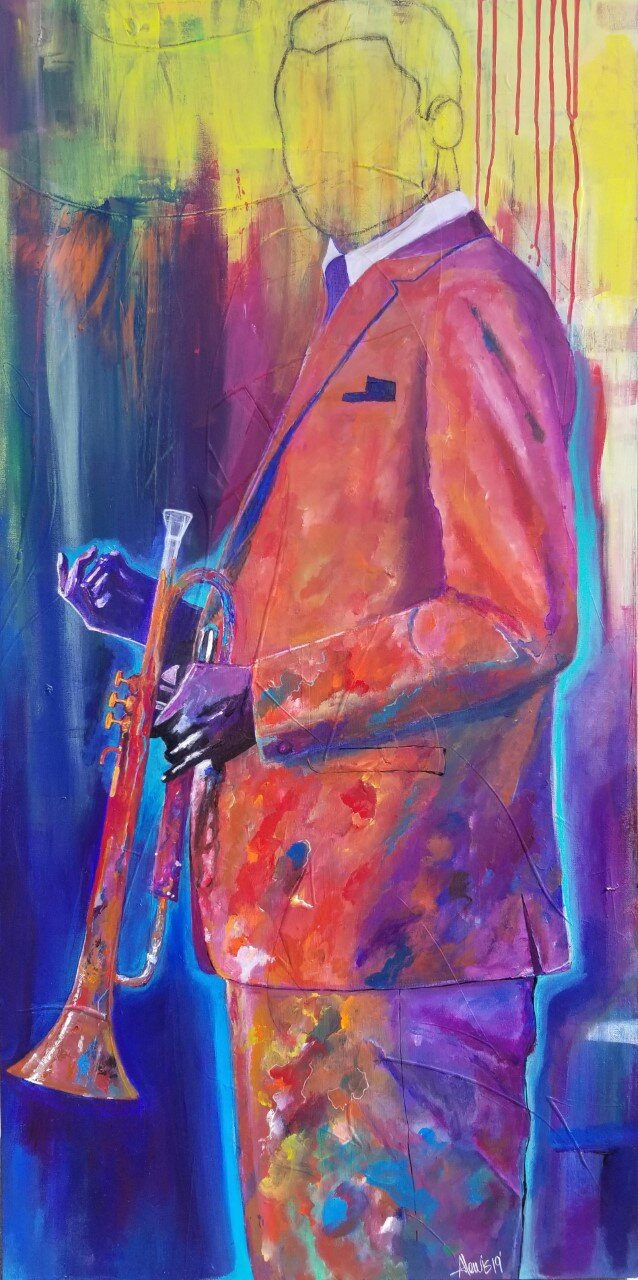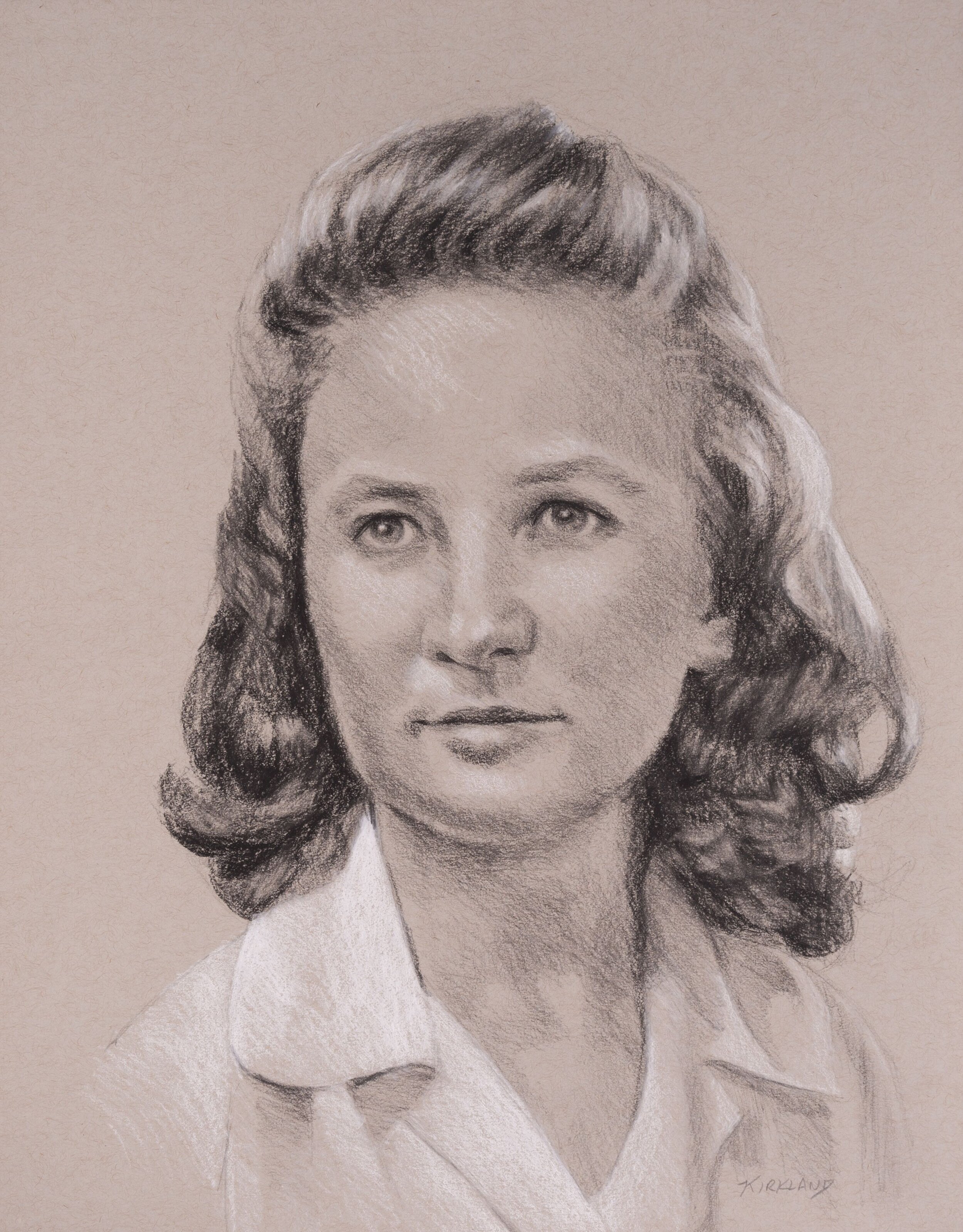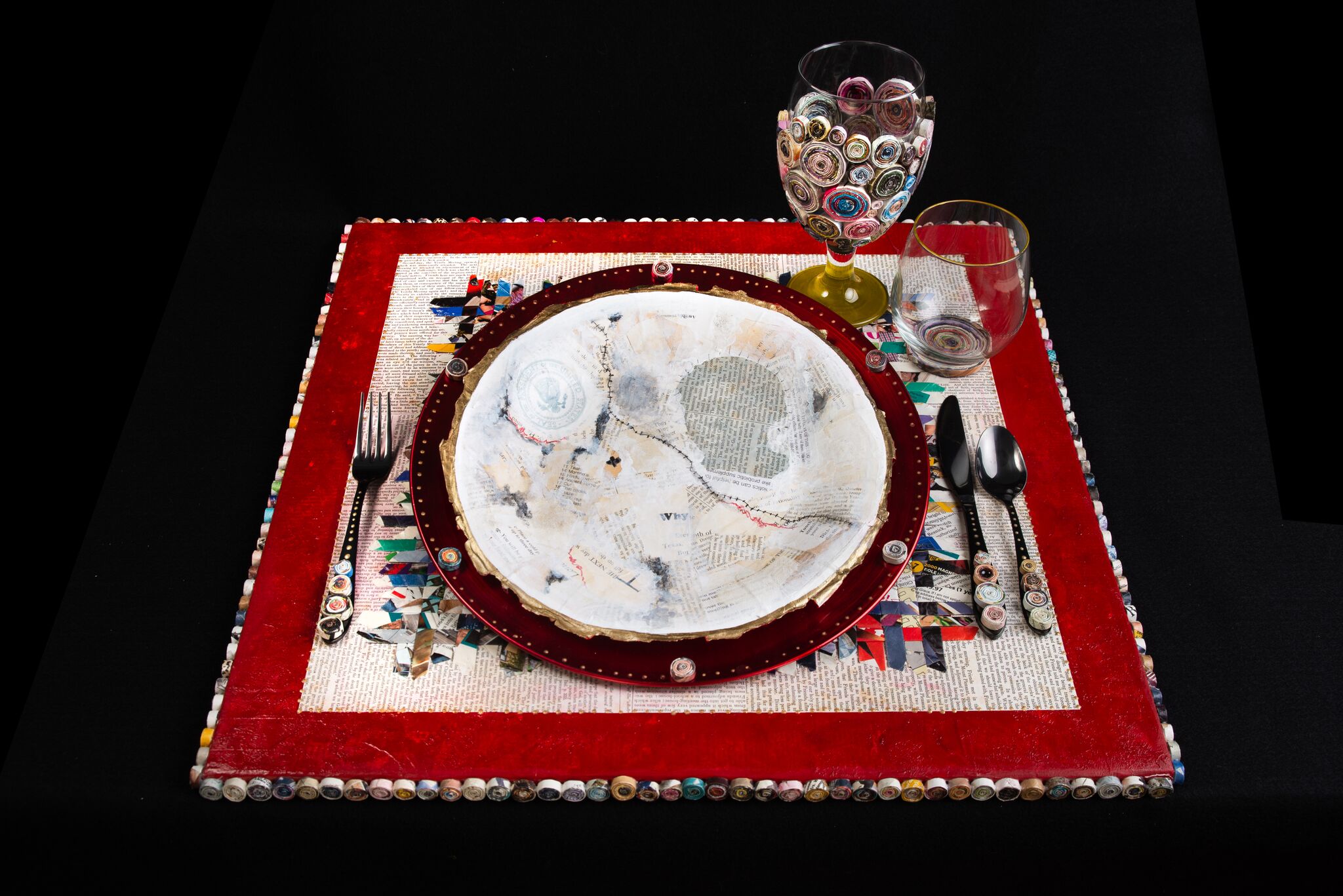Full Disclosure -- I happily went to see Trustus Theatre's production of Company last Thursday night (running through Oct. 26th). If given the chance (and a sitter) I will always go and see a live theatre event – stories shared together in public continually make my life richer. So, read on with the knowledge that this post is biased! If you know Sondheim’s music, or know the performers, then you probably don’t need any more reason to spend a nice evening out at Trustus; however, if you are on the fence about how to spend your precious hours, then I hope I can shed light on some of the ways this production was worth my time.
Ear Candy
First off, it’s Sondheim and for whatever reason, live Sondheim has become a rare treat. Stephen Sondheim has a talent for honing into the heart of life’s dilemmas and cleverly bringing clarity to the nuances of those dilemmas. The rich harmonies and catchy melodies are joyful, moving, enlightening and complex. For these reasons, Sondheim can be a challenge for regional theatres. Bringing together 19 actor-singer-musicians without a Broadway-sized-budget is no easy feat, but the folks at Trustus Theatre put together a tight ensemble of talented performers.
Fun Fact: There is a nice cast recording from the 2007 Broadway revival that can be streamed free through Hoopla – Thanks Richland County Public Library!
Soul Food
I appreciate the way Sondheim explores the tragic-comic nature of human experience. At first glance, this dilemma appears to be embodied in Bobby (played by Walter Graham), who is turning 35 and at a crossroads of whether to pursue marriage or continue on with his seemingly content life as a New York City bachelor. However, after watching the entire show, I found one song in particular nicely put the rest of the scenes and songs in perspective. Toward the end of the first act, one of Bobby’s eligible bachelorettes, Marta (played by Hillary Scales-Lewis), beautifully sings what appears to be an ode to life in the City. In Another Hundred People Sondheim describes life in a “city of strangers,” where it doesn’t matter whether a person is getting off the train or going to a party, they are always one person in a crowd of strangers – always crowded AND, always alone.
Seen in this light, every relationship -- marriage or friendship offers another variation of New Yorkers trying to negotiate life’s decisions in the cauldron of these two fears – the fear of being over-crowded vs. the fear of being lonely. Each scene, each relationship, and each song offers sometimes amusing and sometimes poignant glimpses into this cauldron.
Side by Side…by Side
It’s important to note that this show is structured in vignettes. In place of a major story arc with rising action, primary and secondary conflicts, etc., there are variations on a theme. The main character is less of a protagonist and more of a cruise director and Graham does an excellent job, charismaticly and confidently guiding us through these variations.
One of the unique qualities (and most fun for me personally) was that each marriage relationship was somehow made richer, more complete, when the best friend came to dinner. The best friend in this case is Bobby, and so we see that not only do these couples appreciate the opportunity to show off the uniquely amusing way they’ve learned to negotiate their fears, they actually need Bobby. It turns out that marriage is not necessarily a solution to loneliness and crowdedness – in fact, the act of marriage seems to make these fears more complicated, and the couples a bit crazy. Bobby is not only a witness, he is also the glue that somehow makes the marriages work – one part confidante, one part therapist, one part distraction, one part mirror. Bobby’s presence in these many lives is both appreciated and necessary.
Sondheim celebrates this phenomenon in the number Side By Side By Side. This number was fantastic to watch. Terrance Henderson choreographs this piece in a way that harkens back to blockbuster shows of the ‘30s and ‘40s – canes, imagined top hats, soft-shoe dance breaks. It felt like a celebration of the “threesome” -- not the kinky kind, but the mutually appreciative kind where the idea of family starts to extend into deep, lasting friendships. I loved getting to think back to all of the many couples I kept together as a single person in my twenties and early thirties, as well as the ways in which these couples welcomed me into their homes and their families. And now, after having been married with children for 10 years, I love having the opportunity to appreciate the single friends that extend our family and keep us a little saner.
Fun Fact: The Broadway debut took place 4 days after the first Earth Day Celebration.
The Better World We (can) Imagine
The Show originally opened on Broadway almost 50 years ago and was based on one-act plays by George Furth. Written about and for New York’s upper-middle-class, as Sondheim has noted, the problems are those of the very demographic most likely to attend a Broadway musical at the time. This is art as a mirror to life, and that mirror reflected white, ivy-league educated, urban professionals.
Even if the demographic is limited, the issues or problems that arise are universal. Social acceptance and stigma associated with alcohol and food addiction, drug use, racial disparity, homophobia, and conspicuous consumption, are some of the topics that get touched in the midst of singing and dancing.
When directing shows written for another place and time, directors make choices about how and when to highlight or alter elements that keep the show fresh and timely – connecting the original themes to modern ears and eyes. Sondheim, himself has worked with directors over the years to make some of these scenes timely, and most recently he worked to update the 2018 London revival that included a female protagonist as Bobbie, as well as a same sex couple about to embark on their own wedding day. One can imagine how such changes might offer new insights into our modern lives.
Director Dewey Scott-Wiley chose to stick with an earlier variation of the script, and it is easy to see why she might make this choice. Life in Columbia, South Carolina offers a unique mix of old and new sentiments and although same-sex marriages are openly celebrated in many circles, there is still a very real possibility that one could be confronted with direct or indirect homophobia. This production gives us an opportunity to witness someone struggle with the fears of homophobia, and then find the courage to overcome those fears, speaking quietly, behind closed doors without the security that what is revealed will be accepted. This is a well-performed scene and one that will likely spark interesting dialogue.
Another choice that seems worth noting is the choice to cast in a way where talent, not race or age, is the primary casting consideration. When Sondheim references the audience of the 1970s, he might as well be referencing a structural racism embedded in the art form itself. Many theatres are working to change these dynamics and it is fun to see how well it works to portray these 50-year-old, upper-middle-class stories with the kind of diversity this cast brings. It is also fun to see how these choices might bring further insights or springboard conversations around other ways our community can work together to address structural inequality.
A final update, and one that works very well with the theme is the constant presence of cell phones in the lives of the characters. If Marta’s ode to life in New York sets up a primary theme -- forever crowded and always alone – then the choice to highlight the central role that cell phones play in communication becomes an important way to see how these devices might help us deal with the loneliness and simultaneously make us feel more crowded.
Shout Outs
This show is designed for a talented ensemble and it was a joy to see so many people working to generously support each other toward this end. This is important to note because Sondheim did write some very catchy, well known songs – show stoppers – and it would be easy to focus too much on some of the individual talents that performed these numbers while ignoring the equally talented individuals who offered their voices in more supporting roles.
Thursday night’s crowd was particularly pleased and primed to enjoy those numbers originally performed by the late Elaine Stritch. The character Joanne has attracted some big name musical stars over the years and Sheldon Paschal did a great job performing the The Little Things You Do Together and The Ladies Who Lunch. I didn’t know this latter song in advance, but there was a fairly good sized audience who did, and who seemed to treat it as a personal anthem.
Another song that stands out for its surprising cleverness is Getting Married Today. Brittany Hammock, who portrays Amy, sang this lightning-paced song with clarity and precision while embodying the particular kind of craziness a person might feel on their wedding day.
Final Pitch
There are many ways to enhance your experience seeing this show before it closes Oct. 26th, and here are a few recommendations. Before the show, use Richland Library’s audio streaming services to stream the cast recording so that you can mouth along with the words. If you are single, go on a date with your favorite couple; if you are coupled, bring your favorite single friend. If you like to be a part of community dialogue, plan to see the show before attending an “On The Table” (Oct. 24th) event hosted by Central Carolina Community Foundation -- the discussions will only benefit from theatre-infused insights.
Jason Craig
(he, him, his)
Sustainable Midlands
Columbia Resilience
Raconteurs Storytelling Club


















































































